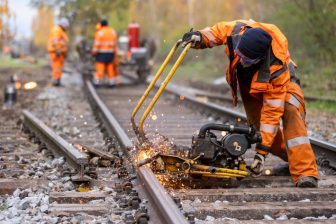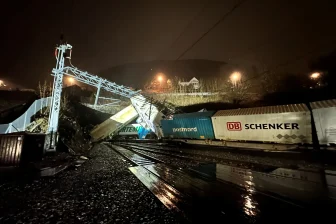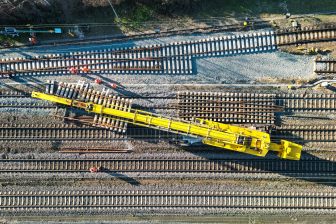
UK rail passengers now over 100 per cent of pre-Covid levels
The concourse at Liverpool Street station in London Rail Industry Association
New government statistics have revealed that rail passengers numbers have passed a major milestone. The Department for Transport in London says that the recovery to levels before the pandemic was reached in February of this year. Numbers appear to be at, or just over, one hundred per cent of pre-Covid levels on most days.
Want to read more?
You have read all of your free premium articles for this month. Please become a subscriber to keep reading.
Subscribe now!
Take advantage of our exclusive offer to get full access to all premium content.



